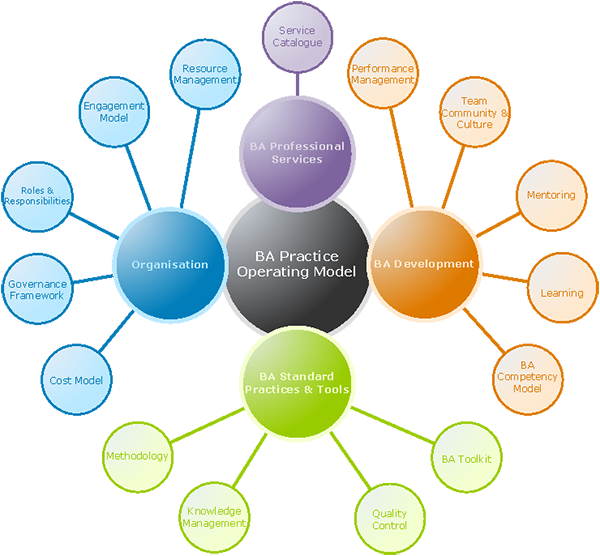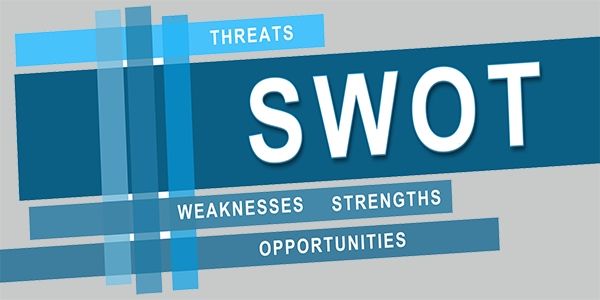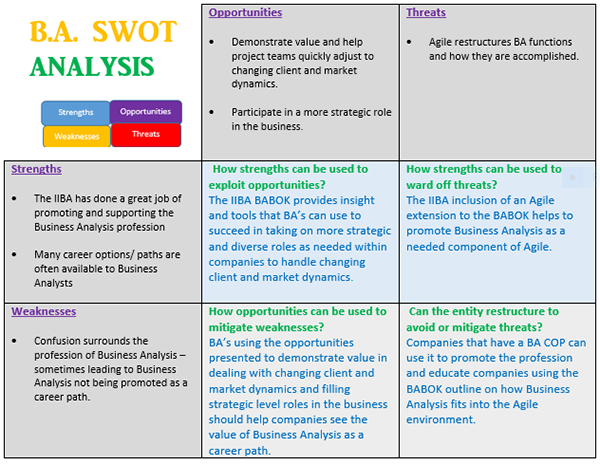5 High-Impact Questions Every BA Should Be Using!
Success or failure often hinges on the questions we ask throughout the project lifecycle.
It sounds a bit dramatic, but I’ve witnessed it many times—a single, thought-provoking question that changed the trajectory of a conversation, opened a floodgate of new ideas, or magically simplified a complex problem.
Related Article: 7 Candid Strategic Questions Every Business Leader Should Ask
Great business analysts fill their toolbox with high-impact questions! BAs use these questions strategically. They figure out the right way to ask the question and the right way to gather the answers. They also consider the best time, place and audience for each question.
High-impact questions:
- are difficult to answer
- create moments of silence
- inspire responses like, “Hmmmm, let me think about that…”
- stir up emotions and politics
- spark analysis
- encourage stakeholders to provide context, solve problems, make good decisions
- generate deep, meaningful, interactive discussions that spawn high-value systems, processes and products
5 Excellent High-Impact Questions
Tell me about your pain points and challenges with the system/process/product.
Yes, I know this is not in the form of a question, but this phrasing indicates your interest in details and deep discussion instead of a short, off-the-cuff list. Starting from a place of pain gives people a chance to get their frustrations on the table right away. It inspires storytelling that gives context to stakeholder concerns and creates a shared understanding of each stakeholder’s priorities.
If this system, product, process worked as good as it could, what would that look like?
This question approaches pain points and challenges from a positive angle and promotes problem-solving. Stakeholders will reveal their solution priorities and their definition of success. Use this question to brainstorm enhancements, features, or to diffuse disagreements about priorities, needs or decisions.
What are the top 3 things you would change?
This question can be used in multiple ways throughout the project lifecycle. You can use it in discussions about systems, features, products or processes, or you can use it to focus on internal processes and issues. This question works in the initial stages of the project when you are defining needs, and is equally useful during a retrospective or “lessons learned” discussion. It also works well evaluating how a current or newly implemented solution is working regardless of if changes are being asked for.
Asking users to limit their change list to 3 items, forces stakeholders to prioritize and focus on what’s most important. Be sure to spend time diving into the why for each item. When stakeholders reveal their top 3 things and explain why, you will begin to understand their values, priorities and pain points. You’ll also begin to see how each stakeholder is connected.
What things would you make sure not to change?
This question works well when you need your team to focus on the positive. It reveals what each stakeholder appreciates about the current process, system or product. You begin to understand stakeholder values and priorities. You discover stakeholder fears and define innovation boundaries. Digging into the why of each “please don’t change this” item, will uncover stories (requirements in context) of what’s working well and might spark ideas for enhancements or new products/processes/systems. You might also find conflict here…things in this list might also be in the top three that others want to change, which generates good discussion.
If the project or enhancement does not happen, what impact would that have for you?
This question, when discussed in a group setting, pulls each stakeholder out of their silo. They begin to discover gaps in their understanding of the big picture. As the stakeholders reveal their needs. Some may discover they do not need to actively participate in the project. Others may discover they underestimated their impact. This question often generates meaningful examples and scenarios that stick in people’s minds much longer than words in a giant requirements document.
Benefits of High-Impact Questions
High-impact questions provide multiple benefits that tip the project balance to success. Here are just a few:
Silence: High-impact questions allow the stakeholder or group to think, go back in their mind, come back and be with a space in their mind to really process thoughts and come to conclusions. Silence helps us get better requirements that are better thought out. It reduces the risk of changing requirements by giving stakeholders time to dive below the surface requirements earlier in the project.
Trust: High-impact questions build strong relationships with stakeholders and users. Deeper dialog makes them feel connected and understood, which creates trust and boosts morale.
Ownership: High-impact questions help our stakeholders own their involvement in the solution. Rather than cast blame or incite conflict, high-impact questions help stakeholders communicate and articulate the real problem they want to solve.
Be Strategic
To maximize the benefits of high-impact questions, use them strategically. Consider the following:
- Why are you using the question? What do you hope it reveals? How will it help your team boost end-user value?
- Who should be answering the question? All stakeholders or just a subset? Users or management?
- How will you ask the question and how will you gather the answers? One on one, small group, large group? Do you need to allow opportunities for introverts by using surveys or individual brainstorming on sticky notes, then sharing with the large group?
- Can you use the questions to help stakeholders focus on the end user’s perspective rather than the team’s perspective?
- If you are in a group when you ask these questions, take the time to observe body language. Who is agreeing with the speaker, who is disagreeing, who looks angry or frustrated? What does body language reveal about your stakeholders’ needs, values and priorities?
High-impact questions encourage teams to talk early and often—minimizing the risk of identifying expensive, show-stopping issues late the project. Use them strategically to help your team build the right solutions, faster! Test one of these questions in your next elicitation session and let me know what happens, or share your favorite high-impact questions below.



 Diagram 1 – BA Operating Model
Diagram 1 – BA Operating Model



